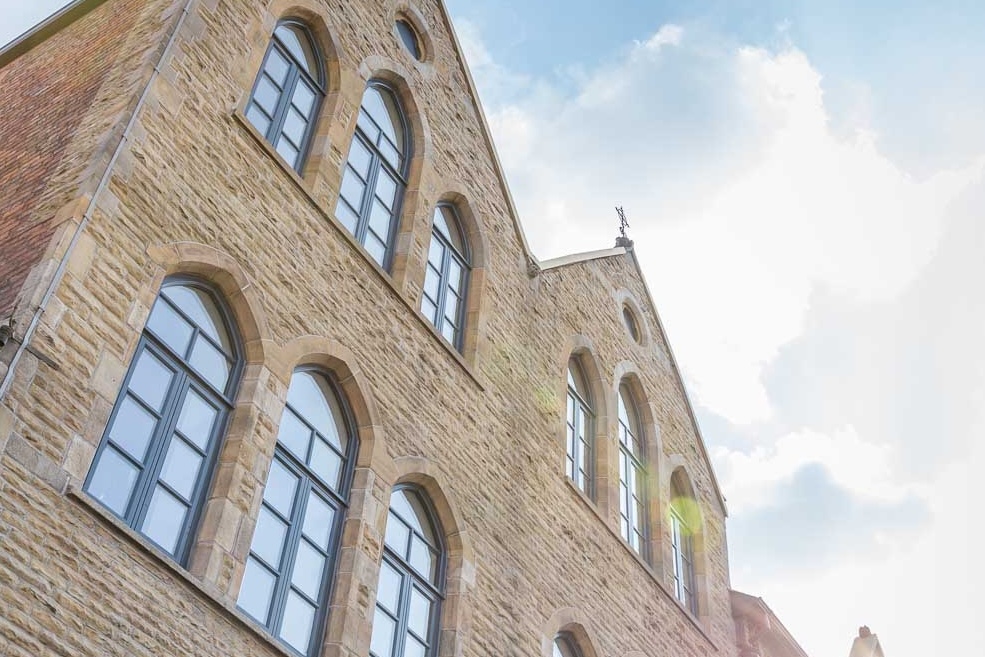Delving into the realm of home renovation or simply seeking that je ne sais quoi for your dream dwelling? Enter the world of timber casement windows – a blend of timeless elegance and modern functionality. This guide unravels the magic behind these architectural gems.
This is your ultimate guide to these beauties, offering both aesthetics and practicality. Let’s dive in!
Benefits of Timber Casement Windows
People have used timber windows in homes for centuries, evolving their design while maintaining their timeless charm. Let’s unpack the myriad benefits these windows bring to the architectural table:
Unparalleled Aesthetic Appeal
Timber casement windows can improve the look of any home. They work well in city apartments, country cottages, and Victorian mansions. Their wood grain patterns and rich hues complement virtually every architectural style, infusing spaces with warmth and sophistication.
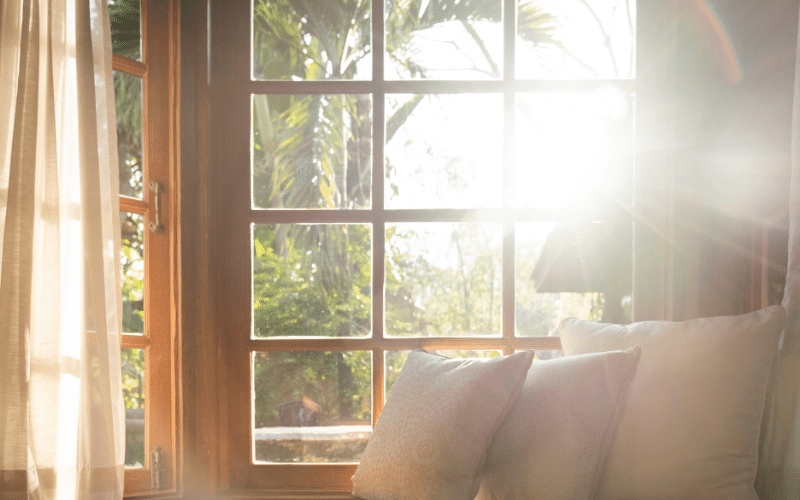
Exceptional Energy Efficiency
Beyond their beauty, timber casement windows have a functional side.
Timber naturally possesses insulating properties. These windows regulate indoor temperatures by keeping the cold out in winter and the cool air inside during summer. They act as a thermal barrier to maintain a comfortable environment.
Consequently, homeowners may notice reduced energy bills—a blend of comfort and cost-efficiency.
Durability and Longevity
One might assume that timber, being organic, might succumb quickly to the elements. Quite the contrary!
Quality timber, combined with modern treatments, makes these casement windows incredibly resilient. They stand strong against unpredictable weather patterns, resisting wear and decay for years, if not decades. With proper care and maintenance, timber casement windows age gracefully, often outliving alternative window materials.
Summary of Benefits:
- Timeless Beauty: Versatile in design to fit varied architectural styles.
- Natural Insulator: Boosts energy efficiency, contributing to home comfort and reduced energy costs.
- Sturdy and Long-lasting: Withstands weather elements, promising extended durability with minimal maintenance.
With such advantages, it’s clear why timber casement windows remain a beloved choice for discerning homeowners seeking both form and function.
Types of Wood Used in Casement Windows
Timber remains a cherished choice for window frames, blending enduring charm with modern-day sustainability. However, understanding the sources and unique characteristics of each wood type is crucial to making an informed decision.
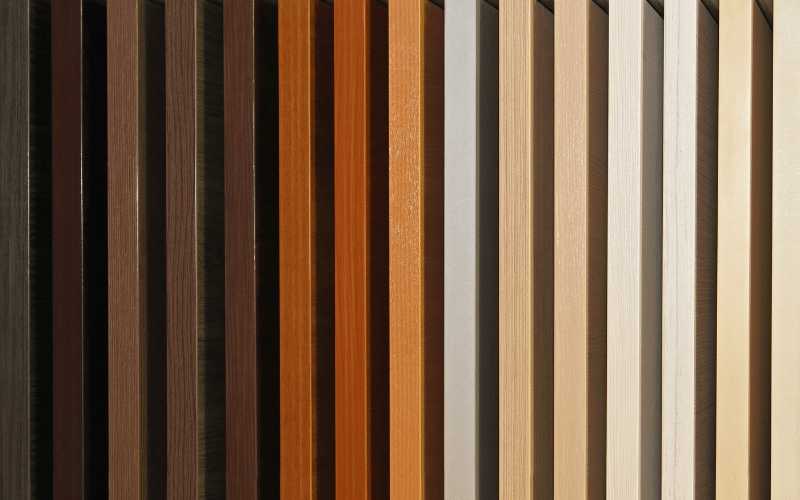
Sourcing and Sustainability
Timber for window construction should ideally come from sustainable sources. Choosing eco-friendly options supports responsible forestry, conserves biodiversity, and reduces carbon footprints. Good manufacturers get wood from certified forests like FSC (Forest Stewardship Council) or PEFC (Programme for the Endorsement of Forest Certification). Certifications prove ethical logging with replanting trees to keep forests vibrant and thriving for future generations.
Unique Timber Characteristics
Different woods possess unique features that render them suitable for specific applications and aesthetic preferences.
At Patchett Joinery we only use the finest materials to craft premium quality timber windows and doors.
- Accoya – This timber is the world’s leading high technology long life wood created from sustainably sourced, fast growing softwood in New Zealand. The timber has an average density of 510kg/m3.
- Red Grandis – Our most commonly used hardwood timber, Red Grandis (Eucalyptus Grandis, to give it its botanical name) is a South American hardwood sourced from sustainable and carefully managed timber plantations.
Other types of timber:
- Oak: Known for its sheer strength and longevity, oak has a distinct grain pattern and rich colour. However, oak requires constant maintenance to prevent moisture damage and is susceptible to insect infestations.
- Mahogany: Mahogany exudes opulence with its rich, reddish-brown hues. However, it shows scratches and is also vulnerable to UV damage which leads it to darken over time or develop a patina.
- Pine: A popular choice for its affordability, pine is lighter in shade and offers a more subtle grain pattern. Naturally soft so it is more likely to damage.
- Cedar: This wood is aromatic and naturally resists decay. Cedar naturally weathers and doesn’t retain its colour.
Hardwood Casement Windows
Dense, resilient, and naturally majestic, hardwoods such as oak and mahogany make for exceptional casement windows. Their closely packed fibres impart them with formidable strength, making them less susceptible to scratches, dents, or wear and tear. Hardwood casement windows stand as an emblem of classic architecture, exuding an aura of permanence and heritage.
Softwood Casement Windows
Softwood casement windows, primarily crafted from woods like pine and cedar, present a blend of economy and aesthetics. While they might be less dense compared to hardwoods, they are by no means fragile. Their lighter grains give them a smooth finish, and their natural properties make them easy to maintain and repair. For homeowners on a budget who don’t wish to compromise on quality, softwood windows are an ideal choice.
Hardwood vs. Softwood Casement Windows
Hardwood and softwood have different strengths and weaknesses. The choice depends on personal preferences and needs.
- Durability: Hardwood, with its denser grain structure, typically outlasts softwood, especially in challenging weather conditions.
- Aesthetics: Hardwood offers rich and varied grain patterns and colours, whereas softwood usually presents a lighter and more consistent appearance.
- Cost: Softwood takes the lead here, being generally more affordable than hardwood.
- Maintenance: Both types need regular care, but softwoods may need more frequent checks because they are less resistant to wear.
- Insulation: While both types have good insulating properties, hardwood’s greater density gives it a slight edge in thermal insulation.
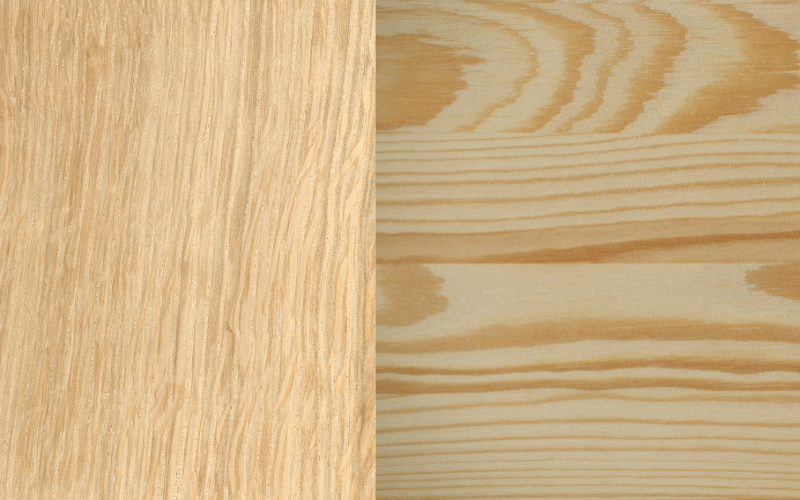
Types of Casement Windows Made From Wood
Timber casement windows come in a variety of styles, each offering unique benefits to homeowners. Let’s delve into two popular types and explore their unique features and advantages.
Flush Casement
Flush casement windows, as the name suggests, have a design where the window sits flush with the surrounding frame when closed. There aren’t any parts that overlap or protrude. This gives the window a clean, flat, and seamless appearance.
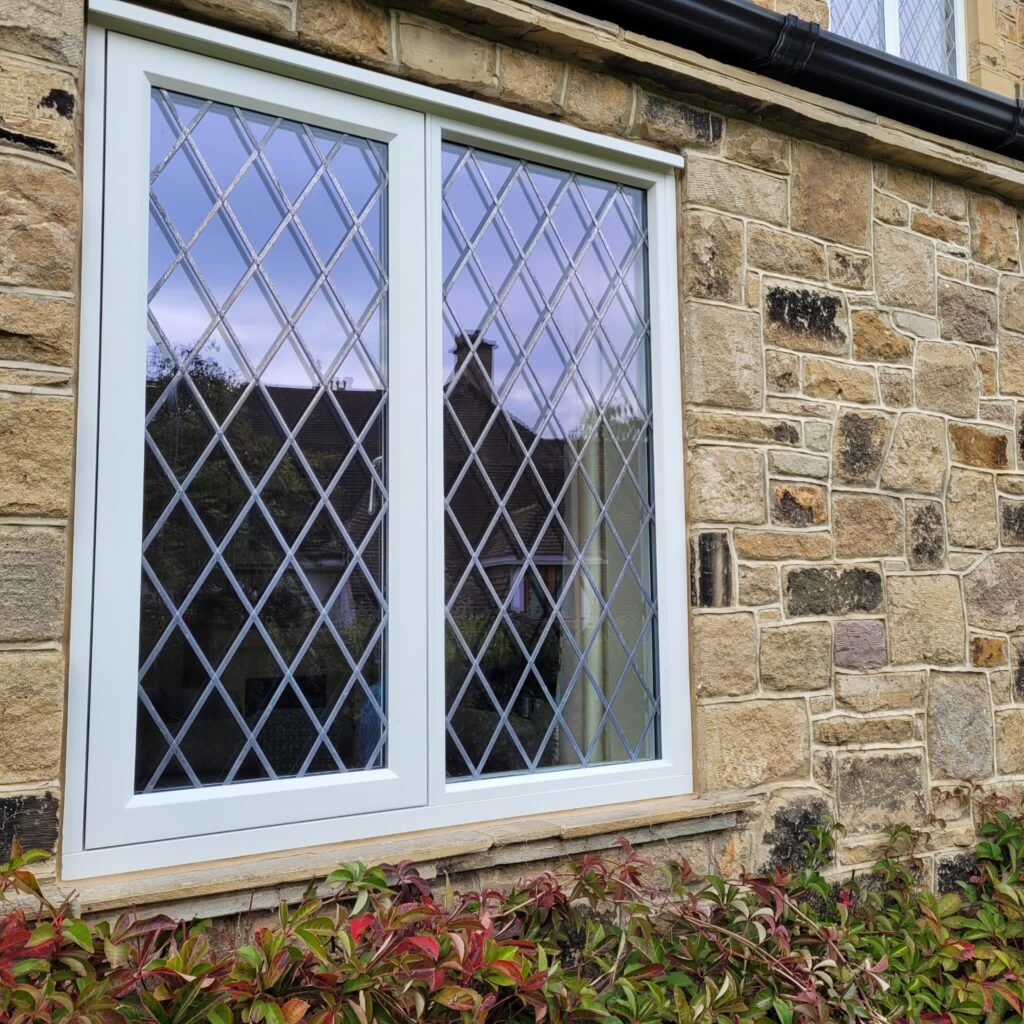
Older cottages and period homes commonly have flush casements. They are becoming popular again because of their simple and stylish design. This design suits both traditional and modern architectural styles.
Check out more about these classics at Patchett Joinery’s flush casement collection.
Advantages of Flush Casement Windows
- Improved Insulation: The seamless design ensures that there are no gaps or spaces for drafts. When closed, flush casement windows offer excellent thermal insulation, helping to keep homes warm in winters and cool in summers.
- Better Security: Their design has less weaknesses, and when used with modern locks, they provide excellent protection against potential burglaries.
- Aesthetically Pleasing: Flush casement windows have an attractive appearance. They are suitable for various types of homes. These include old-fashioned cottages and modern city houses.
- Easy upkeep: No overlapping parts means less dirt and debris, making these windows easier to clean and maintain.
Storm-Proof Lipped Casement Windows
Storm-proof lipped casement windows are the heroes of the day for braving the unpredictable UK weather. These windows have a specially designed lip that overlaps the window frame. The overlap with strong seals protects the window from bad weather, keeping it watertight during storms.
Advantages of Lipped Casement Windows
- Superior Weather Resistance: The overlapping design and seals provide an added layer of protection against wind, rain, and snow. This ensures interiors remain dry and draft-free even during adverse weather.
- Enhanced Durability: The reinforced design ensures that these windows last, easily withstanding external pressures.
- Better Sound Insulation: The extra overlap and seals achieve sound insulation. These features not only block weather but also decrease outside noise. As a result, they are ideal for homes located in loud or busy areas.
- Increased security: The sticking out design, with advanced locks, can provide better security, making it tougher for intruders to get in.
Dive deeper into these at Patchett Joinery’s stormproof window range.
Maintenance and Care of Timber Casement Windows
Wooden windows are beautiful, but need regular maintenance to stay in good shape. By committing to a simple maintenance routine, you can extend the life of your windows, preserve their beauty, and enjoy the many benefits they offer for years to come.
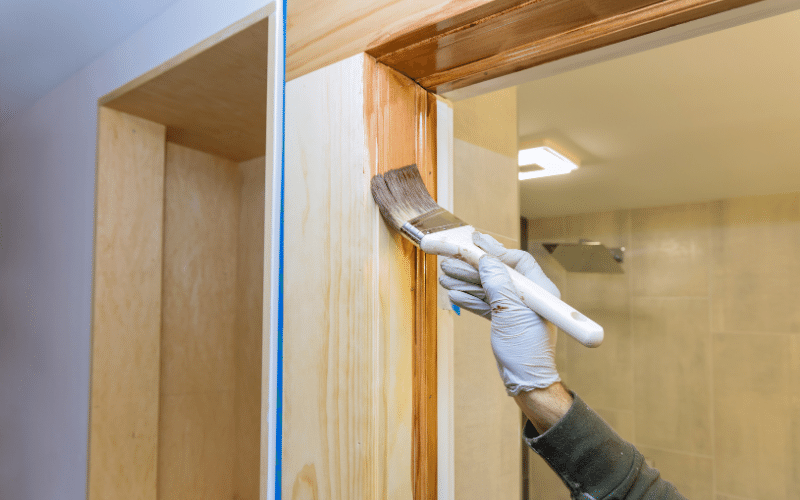
Why Maintenance Matters
Routine maintenance ensures that:
- Durability is preserved: Wood, though naturally robust, can succumb to elements like moisture or pests if not properly cared for. Regular checks and timely interventions can prolong your window’s lifespan.
- Aesthetic beauty is retained: To keep your timber windows looking as gorgeous as the day they were installed, a touch-up here and there is essential.
- Functionality remains optimal: Ensuring moving parts are lubricated and the wood is in good condition means your windows will operate smoothly.
Practical Maintenance Tips
- Regular Cleaning: Dust and grime can accumulate over time. Gently clean the wooden surfaces with a soft cloth dipped in a mixture of mild detergent and water. For the glass, any standard glass cleaner will do the trick. Remember to avoid abrasive materials or chemicals that might damage the wood.
- Lubricate the Hardware: Over time, hinges, locks, and handles may become stiff or noisy. A little lubrication every six months can ensure smooth operation.
- Inspect for Damage: At least once a year, thoroughly inspect your windows. Check for signs of rot, damage from insects, or any other irregularities. Early detection means easier and less costly interventions.
- Fixing Problems: If you find small rot, you can treat it with a wood hardener and fill it with wood filler. For paint deterioration, gently sand the affected area and apply a fresh coat. Always ensure the wood is dry before painting.
- Sealant and Finish Checks: The sealant around your window frames should be intact to prevent drafts and moisture infiltration. If you notice gaps, reapply exterior-grade sealant. The finish on your timber casement windows, whether it’s paint or stain, protects the wood and enhances its appearance. If it begins to wear or fade, consider reapplying.
Recommended Products and Techniques
- For Cleaning: Always choose pH-neutral cleaners to ensure you don’t harm the wood. Avoid soaking the wood; a damp cloth is usually sufficient.
- For Finishing: When choosing paints or stains, select products specifically designed for exterior wood. They’ll provide the best protection against UV rays and weathering.
- For Rot and Pest Treatment: Products like borate-based treatments can help prevent wood rot and keep pests at bay.
How Much Do Timber Casement Windows Cost?
One of the most frequently asked questions is about the cost of timber casement windows. The truth is the answer varies based on several factors. While it is impossible to universally stamp an exact price tag, understanding the influencing elements can provide a clearer picture.
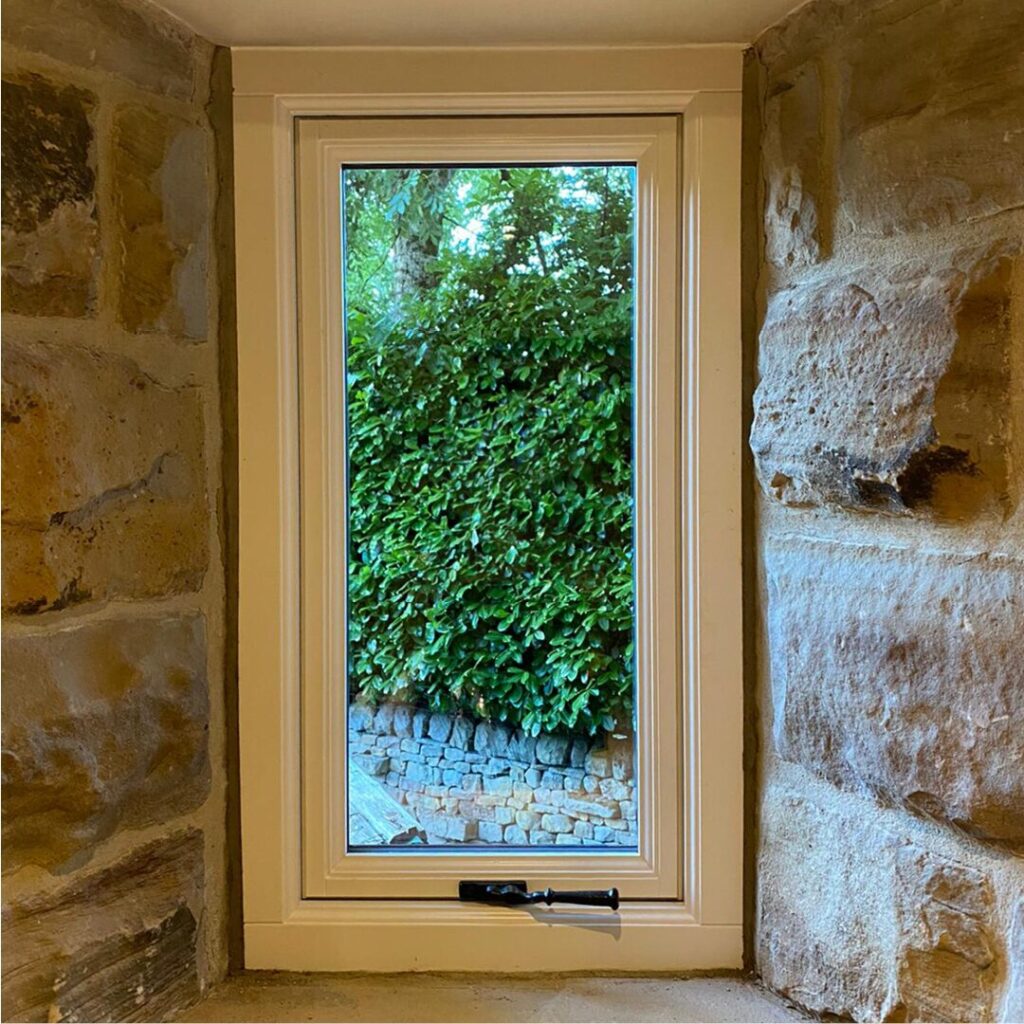
Factors Influencing the Cost
- Size of the Window: Naturally, larger windows require more material and hence, can be more expensive than smaller ones.
- Design Complexity: A standard, plain window will be less expensive than one with intricate designs, unique shapes, or bespoke features.
- Type of Timber: As discussed earlier, the choice between hardwood and softwood can influence costs. Hardwoods, being denser and often more durable, might come with a higher price tag than softwoods.
- Additional Features: Features like double or triple glazing, special locks, or unique finishes can add to the cost. Furthermore, windows that have enhanced energy-efficiency features or acoustic insulation may have a higher price.
- Installation Costs: While this is about the product itself, remember that installation can vary in complexity and thus, cost.
Price Range for Timber Casement Windows
For a detailed breakdown, pop over to Patchett Joinery’s comprehensive guide on costs.
The Long-term Value of Timber Windows
Although timber casement windows may cost more initially, they offer long-term savings due to their benefits.
- Energy Efficiency: Timber has natural insulating properties. Paired with features like double glazing, timber windows can drastically reduce heating and cooling costs, thus saving money on energy bills.
- Durability: Well-maintained timber windows can last decades. Using higher quality materials achieves the goal of minimizing the cost of replacement or frequent repairs over time.
- Timber windows can increase your property’s value, making them a good investment if you plan to sell.
Contact Patchett Joinery for Bespoke Timber Casement Windows
Every home tells a story, and every window is a chapter. For a window that truly mirrors your style, Patchett Joinery’s bespoke timber casement windows are where dreams meet reality. Get in touch and let’s craft your story together.
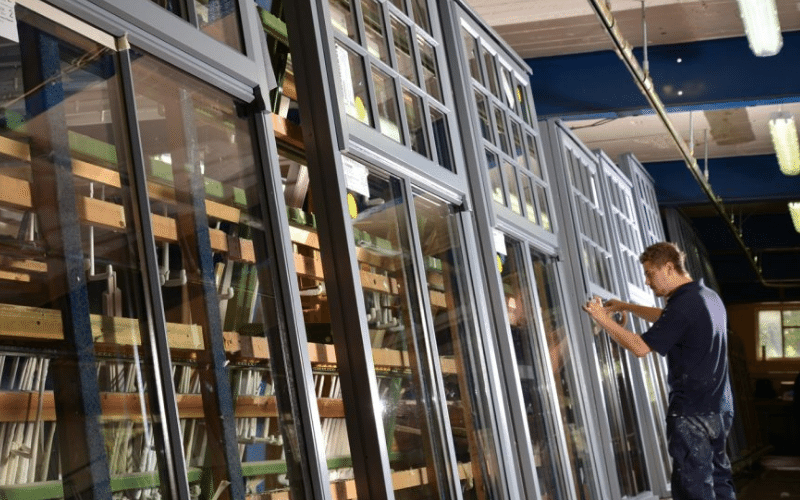
In the sea of window styles, timber casement windows are a classic blend of aesthetics and efficiency. They’re more than just a window; they’re a statement. So, whether you’re renovating, building, or just daydreaming about your ideal space, timber casement windows deserve a spot on your list!
